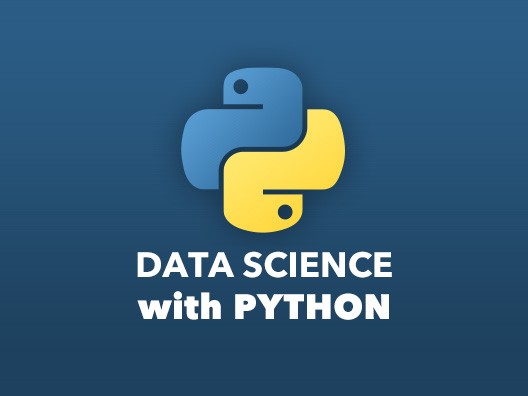Data Science using Python

Data Science is a field that combines statistical analysis, machine learning, and data processing to extract meaningful insights from large datasets.
Data Science is a field that combines statistical analysis, machine learning, and data processing to extract meaningful insights from large datasets. Python is the most popular programming language for data science due to its simplicity, powerful libraries, and extensive community support. Libraries like NumPy, Pandas, Matplotlib, Scikit-learn, and Tensor Flow enable efficient data manipulation, visualization, and model building. Python’s versatility allows data scientists to handle everything from data cleaning to predictive modeling and artificial intelligence. Data science is widely used in industries like finance, healthcare, marketing, and technology for data-driven decision-making and automation.
Key Topics to Learn in Data Science Using Python:
- Python for Data Science Basics – Understanding Python syntax, data structures, and libraries like NumPy and Pandas.
- Data Cleaning and Preprocessing – Handling missing values, data transformation, and feature engineering.
- Data Visualization – Creating graphs and charts using Matplotlib and Seaborn for data interpretation.
- Machine Learning with Scikit-learn – Implementing regression, classification, and clustering algorithms.
- Deep Learning and AI with TensorFlow/PyTorch – Building neural networks and advanced AI models.
